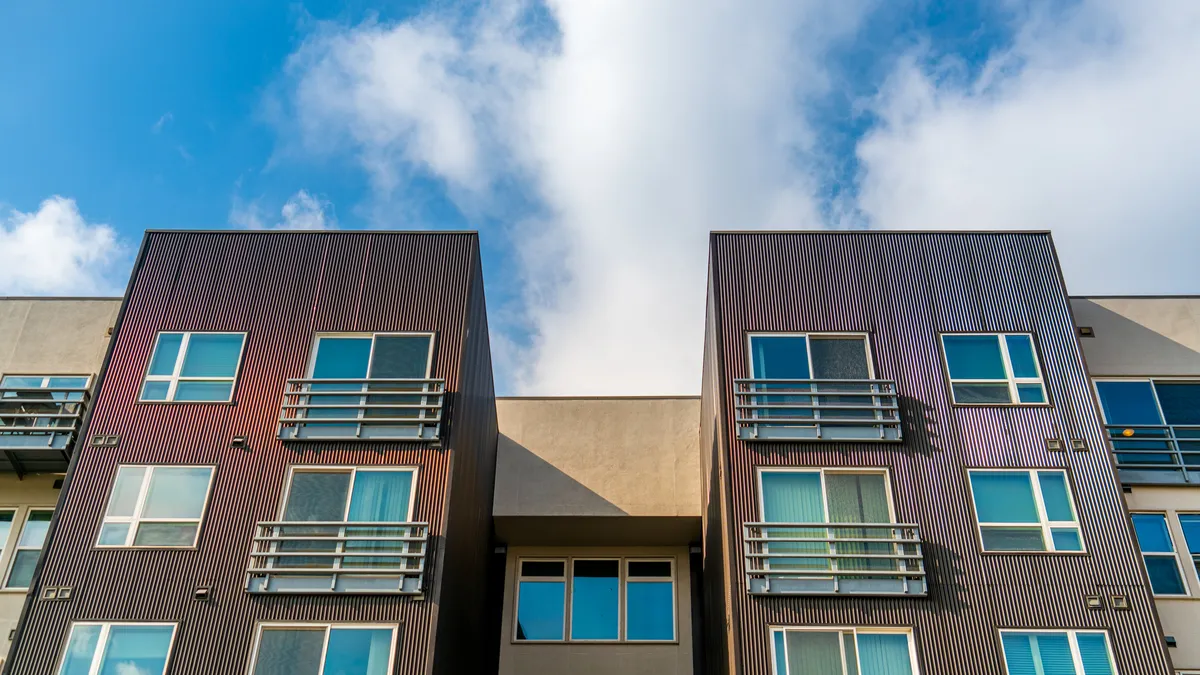Time is money, and that’s especially true in multifamily housing environments, where efficiency directly impacts profitability and operational success. The longer it takes to turn over a unit, the more revenue your property stands to lose.
To encourage fast turnover, multiple teams must work together in line with compact schedules. Throughout this process, unit access needs to be managed tightly and securely to reduce risk and control operating costs.
Following these established best practices for unit access, from pre-move-out inspections to final unit walkthroughs, can make the process as smooth as possible.
Best practices to follow before turnover
The best way to ensure seamless transitions is to establish and document unit-turnover procedures. Policies should be in place for every access-related scenario, including:
- Granting emergency access
- Handling lost keys or malfunctioning credentials
- How to manage access during unit turnover
This is also the time to communicate with existing tenants to discuss key details about move-out and unit condition, as well as conduct a walkthrough. During the walkthrough, remind the tenants about their responsibilities for key returns and updating or deactivating digital access, depending on the system you have in place.
This is also the time to communicate with the tenant taking over the unit to confirm the move-in date and review access procedures, such as key pickup or credential activation. During these conversations, determine what types of access changes or updates will need to be made to accommodate the new tenant. For example, in addition to access to their floor and unit, they may need access to the:
- Garage
- Storage area
- Gym
- Pool
- Laundry
- Mailroom
- Dog area
- Rooftop
- Trash and recycling area
Best practices to follow during turnover
Once the existing tenant has vacated their unit, it’s time for your crew to move in. Carefully coordinate maintenance, cleaning, repairs, and inspections to make sure each party has clear access permissions and don’t overlap work. This not only helps prevent congestion but also lowers security risks by ensuring controlled entry.
If your property utilizes physical keys, follow a strict check-in/check-out system for staff members or third parties that must enter the unit. This means requiring them to check in when they’re ready to begin work, and then check out when their work is complete. Don’t allow anyone to simply leave a key, slip it under a door, or drop it in an unsecured location. Be sure to get keys back and rekey, depending on turnover protocols and policies.
If smart access control has been implemented across the site, assign temporary access codes to regulate access duration for contractors and staff based on the work they need to complete. Be sure to deactivate digital codes promptly to prevent unauthorized access later. Depending on your property’s hardware, some smart access control systems can automatically deactivate credentials based on preset expiration times or completion of scheduled tasks.
With many parties moving in and out of the same unit during this time, it can be tempting to let any staff member grant access to the unit, but that can be a security risk. Site managers should be the only personnel authorized to distribute credentials or keys. This safeguard ensures accountability and leaves a trackable audit trail.
Be sure to let other employees, contractors, and hardware installers know they’re not authorized to provide credentials to anyone who may request access.
As work progresses, conduct random spot checks to make sure everything is going as planned and no security breaches have occurred. When work is complete, verify that no unauthorized access has taken place.
Best practices to follow after turnover
You’re in the home stretch! The unit is ready for new tenants, and you’re getting ready to hand over access.
As part of the onboarding process, give new tenants clear access instructions regarding access logistics like key pickup, smart lock setup, and emergency procedures to follow when access isn’t functioning.
Within the first 24 hours, check in with the new tenant to make sure access is working and they understand how to use entry systems.
When the new tenant is fully moved in, it’s time to conduct a debrief of the unit-turnover process. Did everything go smoothly? Are improvements needed? Document lessons learned or changes you want to make based on how the transition went, and get ready for the next unit turnover.
Managing turnover without turmoil
Managing access seamlessly during turnover helps reduce risk while improving security, efficiency, and tenant trust.
Ensuring strict access control during the unit-turnover process will help your property minimize risks and optimize workflows to protect tenants and profits.
Learn more about how Hager can help you manage access during unit turnover.








